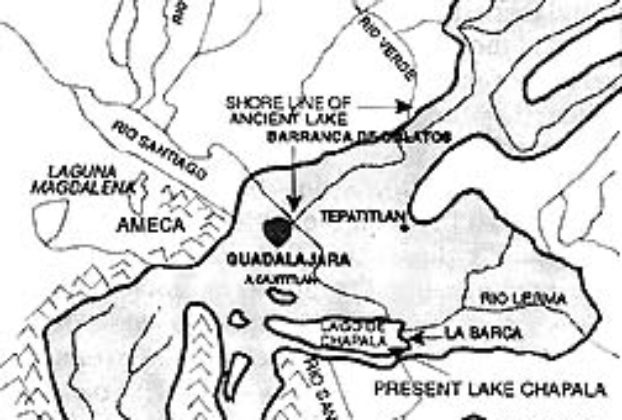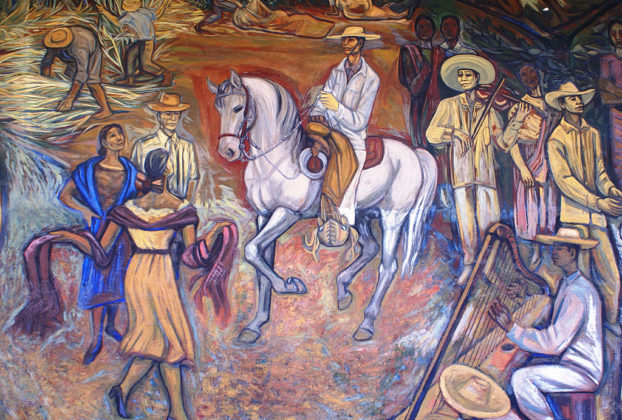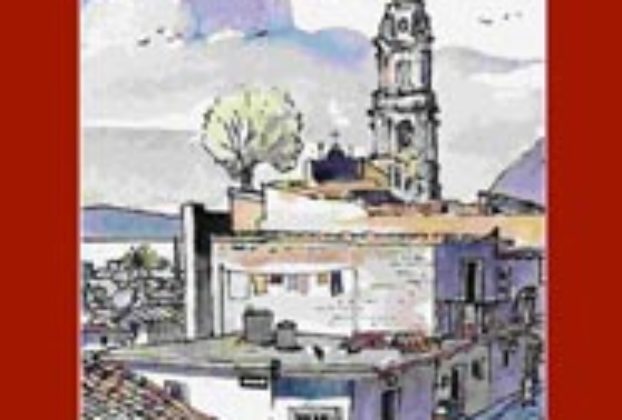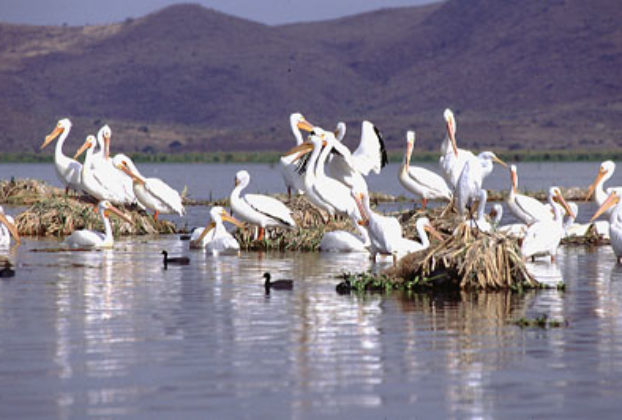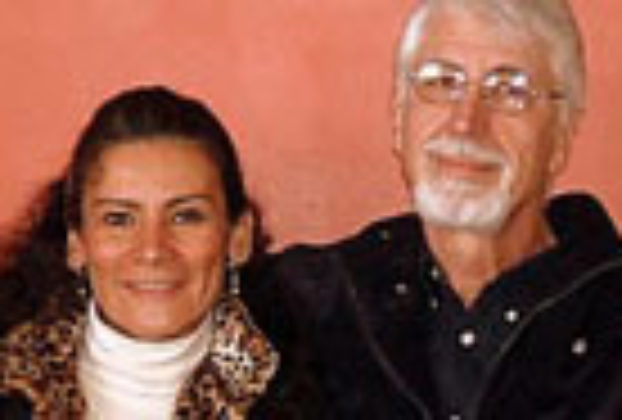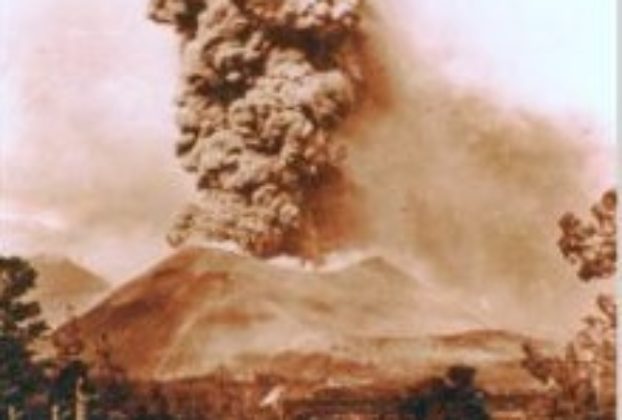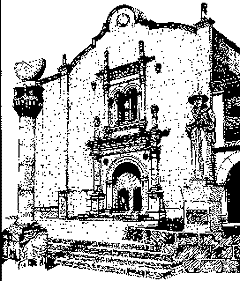The Meseta Purepecha in Michoacan
Before starting out on this route, it is important to understand that the Meseta Purepecha is 100% rural, that unique artistic treasures of Mexico have been preserved, and that there is little tourist infrastructure. For an unforgettable vacation and an even better guide to Michoacán, please ask for the pamphlets and maps of the Uruapan […]
Continue Reading
